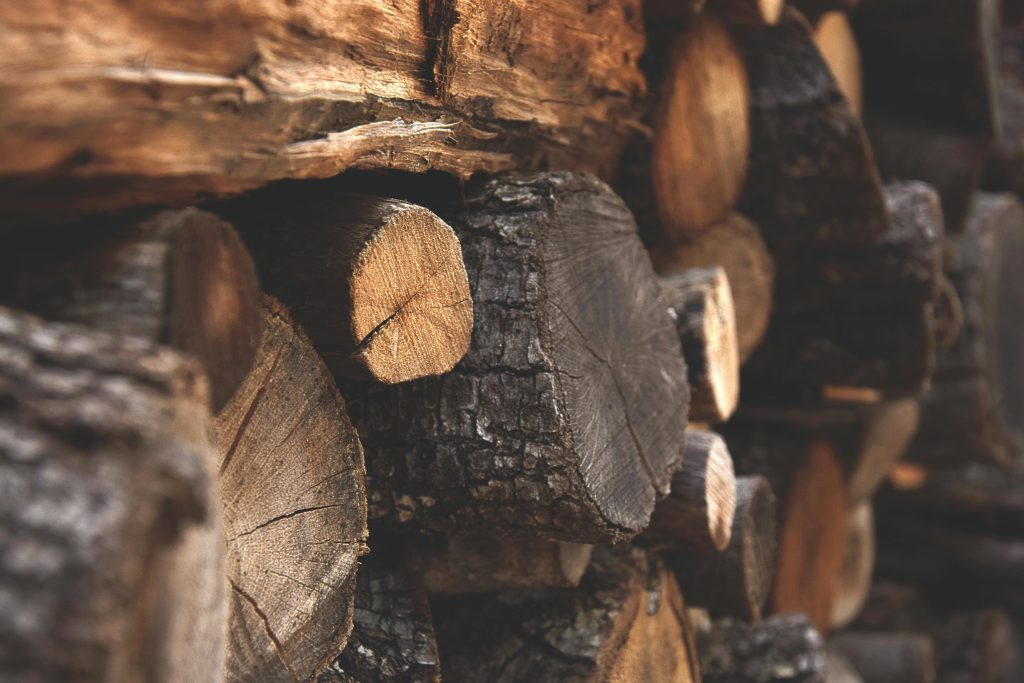Have you ever thought about how important wood is in your life? It’s everywhere—your furniture, your home, the paper you write on, even the air you breathe.
But how often do we stop and appreciate it?
That’s exactly why World Wood Day exists. This isn’t just another international observance—it’s a day to celebrate wood, understand its impact on our planet, and rethink how we use it.
In this article, we’ll dive deep into:
- What World Wood Day is all about
- Why it matters for the environment
- How it’s celebrated worldwide
- The role of sustainable wood use in the future
- Simple ways you can make a difference
By the end, you’ll see why wood is far more than just a material but also a lifeline for both nature and humanity.
What is World Wood Day?
World Wood Day is held every year on March 21st to show and celebrate the cultural, environmental, and economic value of wood.
It was created by the International Wood Culture Society (IWCS) in 2013 as a response to increasing deforestation and unsustainable wood use.
But this day isn’t just about admiring wood—it’s about understanding the responsibility that comes with using it.
Wood has shaped civilizations for thousands of years, but if we don’t protect forests, future generations won’t have that privilege.
Why March 21st?
This date was chosen to align with the United Nations’ International Day of Forests, which further goes to prove the deep connection between forests and sustainable wood use.
Without forests, there is no wood—and without sustainable practices, there will be no forests.
Why Wood is So Important to Humanity
Wood has been a fundamental part of human civilization for thousands of years. It has provided shelter, warmth, tools, and even spiritual significance across cultures.
But beyond that, wood is essential for the planet’s health.
1. Wood is a Renewable Resource (If Managed Correctly):
Unlike plastic or concrete, wood can be harvested and regrown—but only if we practice sustainable forestry.
Unfortunately, illegal logging and deforestation threaten this balance.
2. Trees Help Fight Climate Change:
Trees absorb carbon dioxide (CO₂), making forests one of the best natural solutions to slowing climate change.
Cutting trees without replanting them increases greenhouse gases, worsening global warming.
3. Wood is Everywhere in Our Daily Lives:
Look around. Your doors, floors, furniture, books, musical instruments—almost everything has some connection to wood.
Yet, we rarely stop to appreciate where it comes from.
4. Wood Has Cultural and Spiritual Meaning:
In many cultures, trees are seen as sacred. Ancient civilizations built temples, tools, and art from wood.
Even today, handcrafted wooden objects hold deep meaning in different traditions worldwide.
The Dark Side of Wood: Deforestation and Its Consequences
While wood is incredibly useful, our current consumption is unsustainable.
Every year, millions of trees are cut down without being replaced, leading to devastating consequences.
And as a result:
1. Forests Are Disappearing:
We lose about 10 million hectares of forest every year.
That’s roughly the size of Iceland disappearing annually.
2. Wildlife is Losing Its Home:
Forests are home to 80% of the world’s land animals.
When trees are cut down, animals lose their shelter, food sources, and migration routes.
3. Climate Change is Getting Worse:
Fewer trees mean more CO₂ in the air, accelerating climate change and leading to more extreme weather conditions.
4. Indigenous Communities Are Affected:
Many indigenous groups rely on forests for food, medicine, and cultural traditions.
Deforestation threatens their way of life and forces them to relocate.
How is World Wood Day Celebrated?
Across the world, different cultures honor wood in their own ways.
1. Traditional Woodworking Demonstrations:
Craftsmen showcase wood carving, furniture making, and instrument crafting, keeping these ancient skills alive.
2. Tree Planting Events:
Communities and schools plant trees to restore forests and promote sustainable forestry.
3. Cultural Performances:
Music, dance, and storytelling all show the deep connection between humans and trees.
4. Sustainability Workshops:
Experts discuss responsible wood consumption, alternative materials, and new technologies in sustainable forestry.
5. Innovation in Sustainable Wood Products:
New ideas like wood-based fabrics, biodegradable wooden products, and mass timber buildings show how wood can replace harmful materials like plastic and concrete.
How to Ensure the Future of Wood Sustainably
The way we use wood today will shape our future forests.
Here’s how we can make sure wood remains a resource for generations to come.
1. Choose Sustainably Sourced Wood:
When buying wooden furniture, paper, or building materials, look for certifications like:
- Forest Stewardship Council (FSC)
- Programme for the Endorsement of Forest Certification (PEFC)
These labels ensure the wood comes from responsibly-managed forests.
2. Support Reforestation Efforts:
Organizations like One Tree Planted and the Rainforest Alliance work to restore forests worldwide.
Donating to or volunteering with these groups can make a big impact.
3. Reduce, Reuse, Recycle Wood Products:
Instead of buying new, consider:
- Repurposing old furniture
- Choosing recycled wood products
- Using digital documents instead of printing paper
4. Educate Yourself and Others:
Many people don’t realize how serious deforestation is.
Sharing knowledge about sustainable forestry can inspire more people to take action.
Final Thoughts
Wood is more than just a material—it’s a lifeline for nature and humanity. World Wood Day reminds us to appreciate, respect, and use it responsibly.
If we don’t act now, future generations may not have the forests we enjoy today.
But if we make conscious choices—supporting sustainable wood, reducing waste, and protecting forests—we can ensure that wood remains a blessing, not a burden, for our planet.
So, next time you see a wooden object, take a moment to think about where it came from and what you can do to protect the forests it came from.
